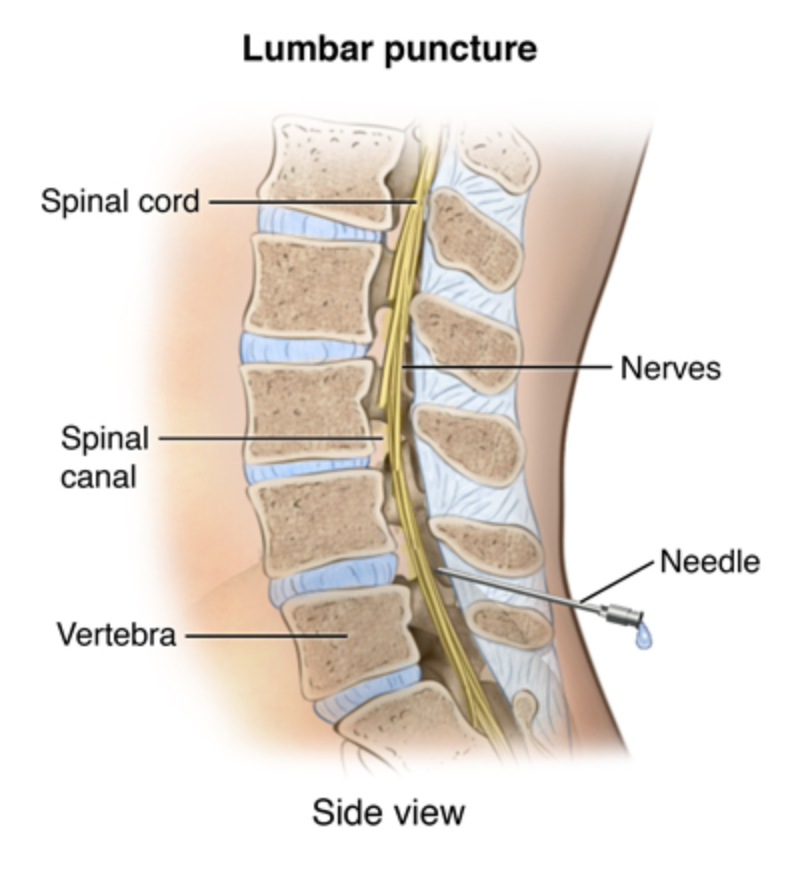Migraine headaches
>
Migraine headaches

Key points about migraines
- A migraine is a severe, throbbing type of headache.
- Nausea and vomiting, lightheadedness, sensitivity to light (photophobia), and other visual disturbances are common migraine symptoms.
- A migraine headache may last from 4 to 72 hours.
- Preventing a migraine headache is often the most helpful approach for treatment.
- Migraine headaches can have a predictable pattern. It can help you notice and treat them appropriately.
- Many people have an aura before a migraine. Treatment may help at that time.
- Managing stress and getting regular exercise may help prevent or lessen the occurrence of migraine headaches.
What are migraines?
This often severe, throbbing type of headache is different from other types of headaches. Symptoms other than pain can occur with a migraine headache. Nausea and vomiting, lightheadedness, sensitivity to light (photophobia), and other visual changes are common. A migraine headache may last from 4 to 72 hours.
Migraines are also unique in that they have distinct phases. But not all people have each phase. The phases of a migraine headache may include:
- Premonition phase. A change in mood or behavior may occur hours or days before the headache.
- Aura phase. About one-third of people who have migraine headaches describe having an unusual “feeling” or aura before the headache. The aura phase includes visual, sensory, or motor symptoms that occur just before the headache. Examples are hallucinations, numbness, changes in speech, visual changes, and muscle weakness. Migraine sufferers may or may not have an aura before the start of the headache.
- Headache phase. This is the period during the actual headache. Throbbing pain occurs on one or both sides of the head. Sensitivity to light and motion is common. So, too, are depression, fatigue, and anxiety.
- Headache resolution phase. Pain lessens during this phase. But it may be replaced with fatigue, irritability, and trouble concentrating. Some people feel refreshed after an attack, while others do not.
Headaches are classified as with or without aura.
What are the symptoms of migraines?
These are the most common symptoms of migraine headaches:
- Throbbing, severe headache pain with a specific location either on one side or both
- Nausea and vomiting
- Lightheadedness
- Sensitivity to light or sound
- Visual changes, such as a flashing light or even lack of sight, for a short period of time
- A change in mood or behavior hours or days before the headache
- Depression, fatigue, or anxiety
- Fatigue, irritability, and trouble concentrating as the headache1goes away
These symptoms may look like other health problems. Always see your healthcare provider for a diagnosis.
When should I contact my doctor?
Seek care immediately if:
- You have a severe “thunderclap” headache, reaching maximum intensity within seconds.
- Your migraine has a new neurologic feature like aura, numbness, tingling, weakness, double vision or other symptoms.
Call your doctor if:
- You think you are having a migraine headache and want a diagnosis.
- You want to be referred for specialist care.
- You take pain relievers (such as acetaminophen) more than 10-15 days in a month.
Migraine care at UW Medicine
Migraine headache care at UW Medicine typically begins with a referral from your primary care doctor to a specialist. Our specialists will work with you to understand your experience, which is fundamental to creating a headache treatment plan that improves the quality of your life.
Many patients with headaches also experience anxiety, depression or insomnia, so UW Medicine takes a whole-person approach to migraine management.
The Headache Clinic at UW Medical Center – Roosevelt has Washington's only board-certified, fellowship-trained neurologists specializing in headache medicine. Your care can include one-on-one visits with your specialist, as well as group medical visits with an educational component. Our headache specialists apply the latest research, technology and headache-management techniques.
Your treatment plan may include medications, evidence-based supplements for headache treatment, BOTOX injections, neuromodulation (such as CEFALY or Nerivio), and lifestyle changes. Lifestyle changes may focus on addressing sleep habits, improving nutrition, exercising, using stress reduction with biofeedback or doing cognitive behavioral therapy.
Personalized migraine treatment plans
What causes migraines?
Migraine headaches can occur in individuals who have genetically determined risk, as well as environmental factors (such as anxiety, depression, insomnia, and others) that can further contribute. An imbalance in brain chemicals, such as serotonin, and changes in nerve pathways are involved.
How are migraines diagnosed?
Migraine headaches are diagnosed based on your symptoms and a physical exam.
Tracking and sharing information about your headache with your healthcare provider helps with the diagnosis. Write down the following:
- Time of day when your headaches occur
- Specific location of your headaches
- How your headaches feel
- How long your headaches last
- Any changes in behavior or personality
- Effect of changes in position or activities on the headache
- Effect of headaches on sleep patterns
- Level of stress in your life
- Details about any head trauma, either recently or in the past
If you have unusual symptoms or the findings from your exam aren’t normal, your healthcare provider may want you to have other tests or procedures. These can rule out underlying diseases or health problems. These tests include:
- Blood tests. Various blood chemistry and other lab tests may be used to check for underlying health problems.
- Sinus X-rays. This X-ray checks for congestion or other problems linked to the headaches.
- MRI. This test uses a combination of large magnets, radio waves, and a computer to make detailed images of organs and structures.
- CT scan. This test uses X-rays and computer technology to make images of the body or head. CT scans show more detail than standard X-rays.
- Spinal tap (lumbar puncture). A special needle is placed into the lower back, into the spinal canal, which is the area around the spinal cord. The pressure in the spinal canal and brain can then be measured. A small amount of cerebrospinal fluid (CSF) can be removed and sent for testing to check if there is an infection or other problems. CSF is the fluid that surrounds the brain and spinal cord.

How are migraines treated?
Treatment will depend on your symptoms, age, and general health. It will also depend on how severe the condition is. Certain medicines can help treat or prevent migraine headaches:
- Abortive (acute) medicines. These medicines are prescribed by your healthcare provider. They act on specific receptors in both the brain and the blood vessels in the head, stopping a headache once it has started.
- Rescue medicines. These are medicines purchased over-the-counter, such as pain relievers, to lessen or stop the headache.
- Preventive (prophylactic) medicines. These medicines are prescribed by your healthcare provider. They are taken regularly to stop the start of severe migraine headaches.
What can I do to prevent migraines?
The goal of treatment is to prevent migraines from occurring. You can help do that by:
- Staying away from known triggers, such as certain foods and beverages like caffeine, lack of sleep, and fasting
- Changing eating habits
- Getting regular exercise
- Sticking to a regular sleep schedule
- Resting in a quiet, dark place
- Taking medicines, as advised by your healthcare provider
- Managing stress
- Getting therapeutic massage
- Taking prescribed medicine early in the headache (for example, at the start of aura)